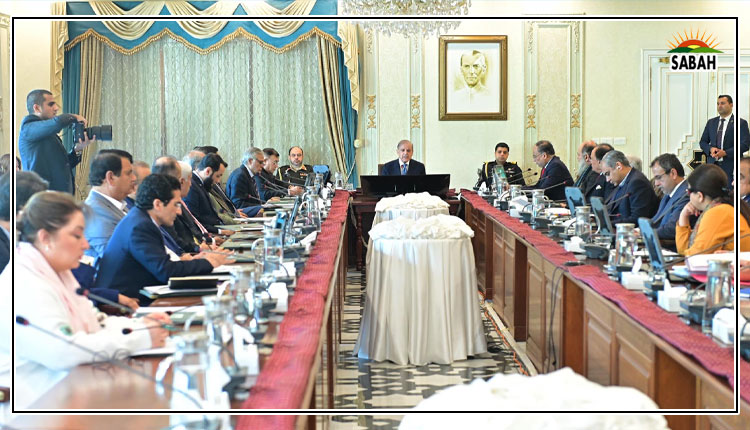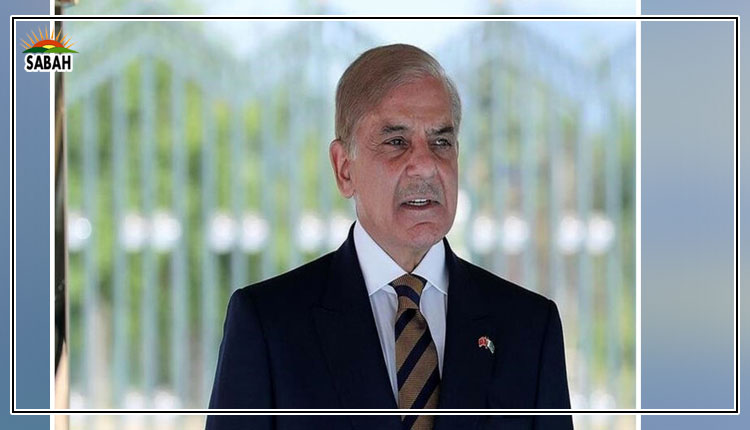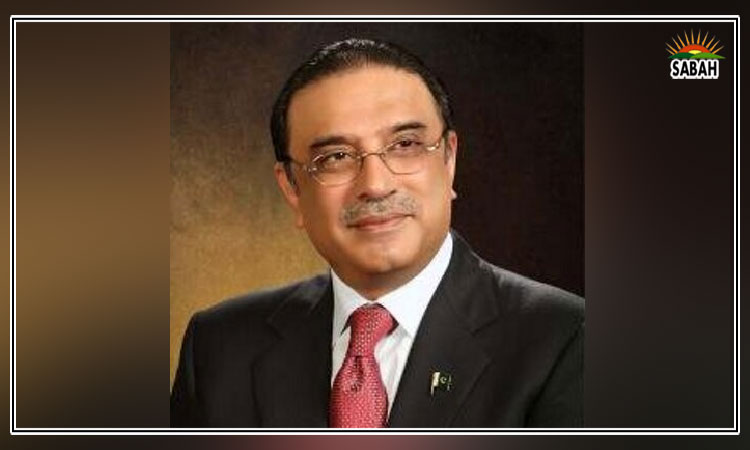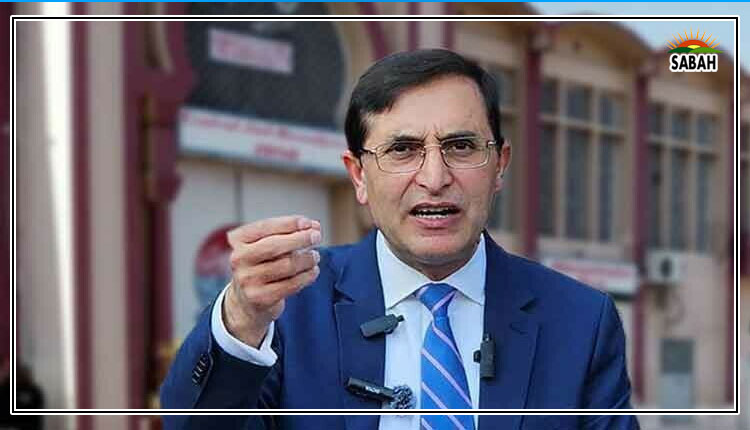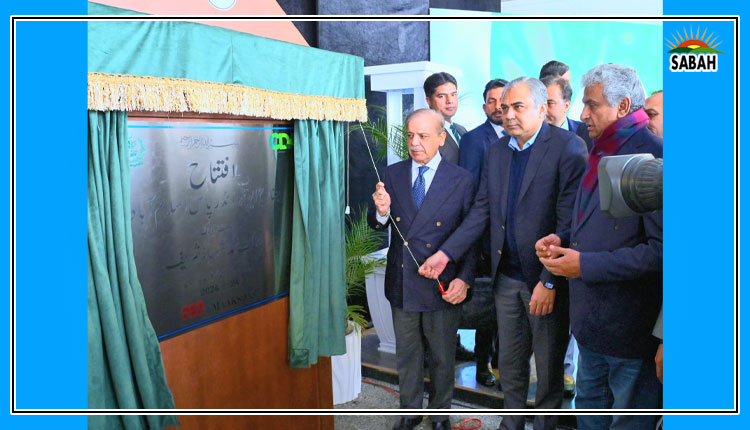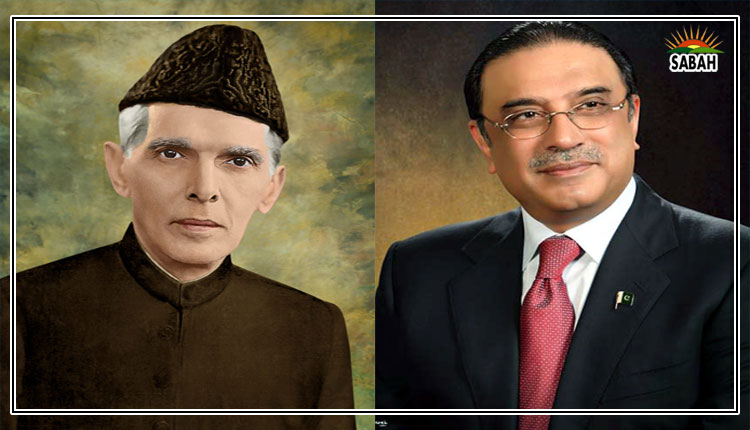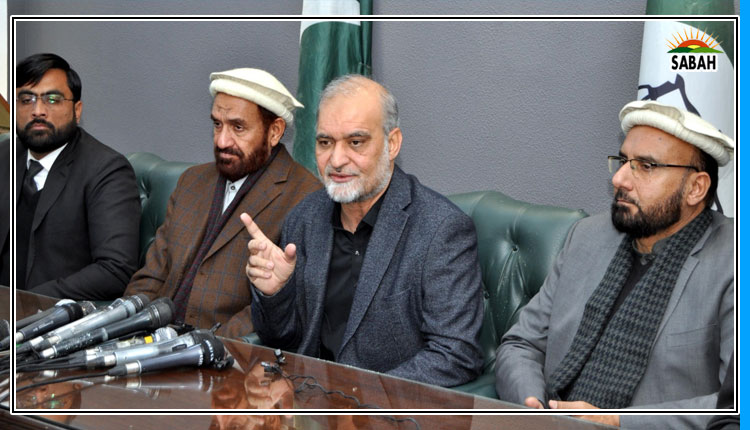Ten years of CPEC…Dr Naazir Mahmood
With the completion of 10 years of the China-Pakistan Economic Corridor (CPEC), Pakistan has reached a major milestone. The July 30 visit of Chinas deputy prime minister coincided with this event.
First, it must be highlighted that CPEC is part of a greater Belt and Road Initiative (BRI) that started its journey in 2013. The primary objective of this project is to promote some common interests of both countries with mutual consultations. This has resulted in the initiation of some major development projects that have contributed to the development in this region.
In the past 10 years, the progress on CPEC projects has shown mixed trends, with some showing rapid leaps and others lagging behind for various causes. Some tangible results are already there for all to see.
Since Pakistan has been marred by a consistent economic downturn, CPEC and its projects have assumed even more significance lately; people still have great hopes pinned to this corridor. CPEC has introduced a new dimension to bilateral relations which is going to have an impact on international and social issues too.
China and Pakistan have often repeated the hyperbole of their friendship by terming it higher than the Himalayas and deeper than the oceans, but before CPEC there was little solid evidence to substantiate such claims. After 10 years of CPEC, the proof of this is visible.
One of the yardsticks to assess any bilateral agreement or project is the question of how it has benefitted common people. If we evaluate American aid to Pakistan, we see it was mostly meant for defence purposes instead of welfare and development projects. While there were some projects in the health and education sectors, their success ratio is negligible as most of these projects have failed to produce sustainable outcomes.
Russia once helped Pakistan set up an enormous steel mill which was supposed to benefit Pakistans economy and industry, but within 30 years it came to a standstill.
Given this background, there is little doubt that the people of Pakistan are enjoying CPECs fruits though it is premature to claim that in the coming decades successive governments in Pakistan will be able to maintain the pace and production of CPEC projects across the country.
During the last PTI government, we witnessed a near paralysis on this front with extremely sluggish progress. The situation turned so bad that many took it as a failure of the entire CPEC enterprise. But things improved significantly in the past year.
In an international context, CPEC has brought Pakistan closer to China and farther from the US. In the past decade, Pakistan has gradually moved away from the American sphere of influence, and tilted more towards China. One cause for this shift has been a declining economic performance of Pakistan, resulting from a worsening energy crisis; the US refused to extend any help in this regard.
In 2013, after Nawaz Sharif assumed office for the third time as the prime minister of Pakistan, Pakistan-China relations entered a new phase with rapid progress on CPEC. This was not to the liking of the US.
One of the most significant benefit of CPEC was a reduction in the acuteness of the energy crisis in the country. Had there been no investment in the energy sector thanks to CPEC, the situation in Pakistan would have been worse. No other country, including the US and Russia, was eager or willing to invest in such a big way in Pakistans energy sector. Without CPEC, there would have been an acute shortage of electricity, and Pakistani exports would have suffered greatly. Pakistan would have failed to export a fraction of what it is exporting now.
According to estimates, the $25 billion that CPEC has invested in Pakistan so far has contributed a lot to maintain the economy. Though most of the work was done under the Nawaz Sharif government, we must also keep in mind that in the 1970s the late Zulfikar Ali Bhutto played a significant role in bringing China closer to Pakistan.
Later, the then president Asif Ali Zardari (2008-2013) promoted bilateral relations by visiting China multiple times. The progress made during the PPP government definitely helped Nawaz Sharif in this matter. Besides improving energy supply, CPEC has also tried to bring Xinjiang in China closer to Gwadar by improving overland communication through motorways, railway and ports.
From Gwadar to Kashgar, a near-2,500km corridor has been partially completed. Nearly $50 billion is required for the complete operationalization of this corridor including the extension and modernization of the railway tracks. Under CPEC, work on the Gwadar Port has been completed, but the port will remain under Chinese control for the next 40 years. Work on the mainline railway ML1 from Karachi to Peshawar should have been initiated by now, but mainly due to the incompetence of the PTI government the project is still under observation and study.
The motorway from Karachi to Lahore is nearly complete, but work quality in Sindh has been below the mark with serious charges of corruption. The motorways in Khyber Pakhtunkhwa (KP) and Punjab display a much better quality of work than in Sindh. A journey from Karachi to Sukkur may prove instructive in this assessment.
Similarly, the railway track from Havelian to Khunjrab has been approved but work in that direction is extremely slow. One of the most successful CPEC projects is perhaps the Hazara Motorway that has revolutionized travel in this region.
The travel duration from Islamabad to Mansehra has been reduced substantially. A project that has not attracted the attention from Pakistan is the Iran-Pakistan gas pipeline. Iran has completed its share of the deal by constructing the pipeline within Iran up to the Pakistan border, but somehow Pakistan has used various excuses to not complete its part.
Under CPEC, a major link road has also been completed in Balochistan in June 2023. Traffic from Punjab and KP now moves much quicker to Gwadar than it did a couple of years ago.
With Rs11 billion, the Basima-Khuzdar highway has also been completed, though work on the 850km long Rattodero-Gwadar motorway is still underway. Other projects of CPEC include a dry port in Havelian and the Orange Metro Line in Lahore.
Other projects include: an international airport in Gwadar, the Pak-China Cotton Biotechnical laboratory, Gwadar-Nawabshah LNG terminal and pipeline project, 870MW Hydropower Suki Kinari project, 1320 MW coal-fired power plant at Port Qasim, 720MW Karot hydropower project, 9×100 Zonergy solar power project, Jhimpir wind power project, Thar Coalfield Block 2 3.8 million ton project and 2×330 MW project.
The Dadu wind power project and the fibre optic data transmission system from across the border are also included in CPEC. The Karachi to Peshawar motorway that is nearly 1,500km long and the complete 2,500km CPEC corridor will greatly benefit the country and its population. While these projects may not immediately contribute to an immediate poverty reduction or bring down inflation as some critics of CPEC would like to highlight these projects have had significant contributions to the Pakistani economy. So lets celebrate this achievement for a while.
Courtesy The News


